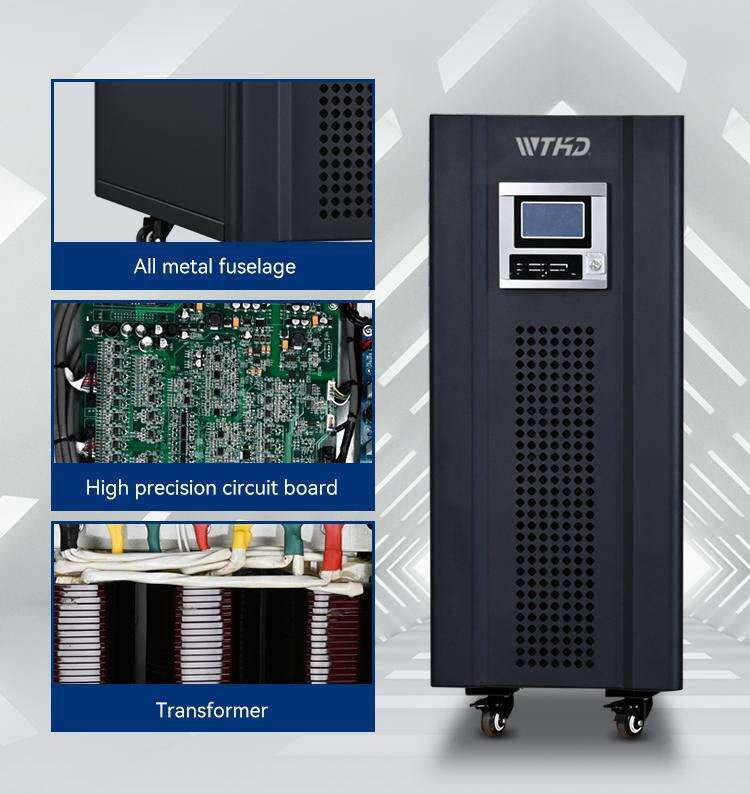Businesses that rely on servers, data centers or other sensitive equipment may be greatly affected by power outages. Smart UPS systems are beneficial because they go beyond simple backup, they offer real time monitoring, better management of batteries and even remote access to be sure that the running operations do not go wrong as the interruption occurs. Regardless of the size of your office or the size of your IT setup, understanding how smart UPS operates can make you prevent downtime and secure your systems. In this post, we shall discuss the key characteristics and practical advantages to prove why it is worth the investment.
What Is Smart UPS Technology?
A Smart UPS is not only a backup power, it is an entire protection system that proactively monitors and controls electricity. Smart UPS devices constantly monitor voltage, battery health, and power quality unlike traditional units, which only turn on when power fails. They respond immediately to lows, highs or outages and even send notifications to your phone or computer so you would not be caught unawares. If your systems have built-in network coverage, you can check on them from a distance, keep track of how much energy they use, or safely turn them off if there is a power outage. Self-test capabilities are also used to make the battery and internal systems reliable so that they do not fail unexpectedly. Simply, a smart UPS will give you p, smarter control, quick response and additional assurance -- both to a one workstation or a complete server area.
Key Features of Smart UPS Systems
Smart UPS systems are not only about backup power, but they can be used to actively protect equipment and simplify power management. The most important aspects to consider are as follows:
Real-Time Monitoring – Monitors the voltage, battery status, load, and runtime so you can find problems early and take action to avoid downtime.
Network and Cloud Connectivity – Allows you to keep track and control what is happening on the UPS remotely with emails or text notifications if anything is wrong such as low battery or the power is off.
LCD Display / Dashboard – Displays important information including the voltage, battery level, and backup time. A lot of them also have web or app-based dashboards and are easily accessible.
Automatic Voltage Regulation (AVR) – Evens out power inconsistencies or surges without leading to the depletion of the battery, which helps to increase its life.
Self-Diagnostics and Alerts – Performs self-test and reminds you to maintain the battery or other components to avoid unexpected breakdowns.
Load Management – Allows you to give high-priority to important devices, such that during an outage, important systems are not interrupted.
Combining all these makes smart UPS systems an effective safety net- maintaining operations steady, effective, and safe.
Advantages for Businesses and Critical Infrastructure
Smart UPS systems offer protection to businesses that cannot afford downtime. In retail stores and in hospitals, to call centers and data centers, a short outage can lead to loss of revenue and even safety hazard or loss of data. The Smart UPS can avoid these issues because it has four key benefits:
Minimizing Downtime – Smart UPS units are responsive to disruption and systems remain online until the power stabilizes or the generators turn on. This ensures that patients and emergency equipment are not interrupted in critical environments such as the hospital.
Remote Monitoring and Control – IT departments are able to manage UPS systems remotely, receive alerts, and make changes without being physically present. This comes in handy particularly when dealing with numerous branches or server rooms.
Data & Equipment Protection – Through control of voltage and provision of clean power, smart UPS units protect sensitive electronics and avoid data corruption, which saves on expensive repairs or replacements.
Energy & Cost Efficiency – A large number of models have energy reduction settings and applications that allow businesses to reduce expenses and to plan on energy requirements in a more efficient manner.

